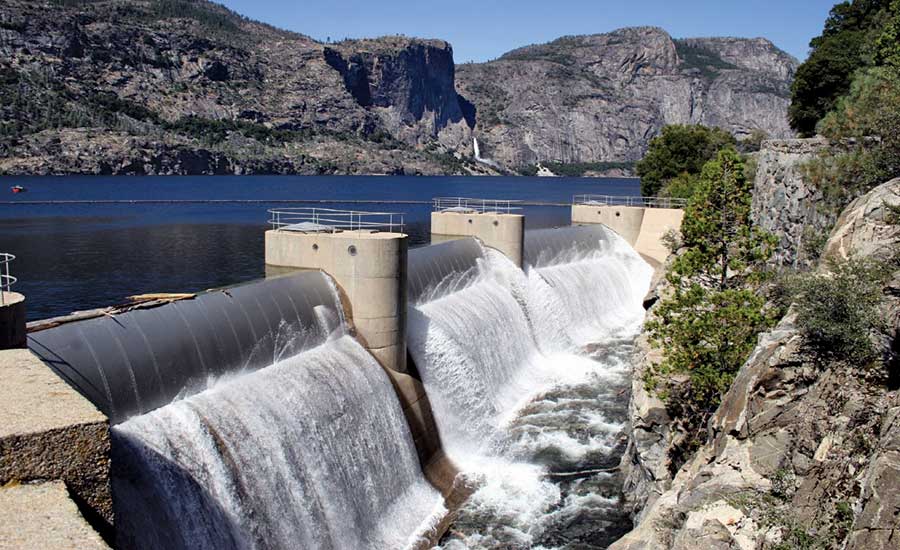San Francisco on June 4 hired a financial advisor as it considers buying distribution assets from the beleaguered utility Pacific Gas & Electric, which filed for voluntary bankruptcy protection in January as it faced more than $30 billion in liabilities stemming from 2017 and 2018 wildfires that burned many thousands of acres and destroyed thousands of structures.
The city and county of San Francisco hired Jefferies LLC as a buy-side financial advisor to explore the possible acquisition of PG&E’s electric distribution assets serving the city, Will Reisman, a spokesman for the San Francisco Public Utilities Commission (PUC), told ENR.
The city is analyzing all aspects of the feasibility study but does not have a specific schedule for making a decision. It is monitoring other activities related to PG&E that may influence the timeline.
A report completed in May showed public ownership of San Francisco’s electric grid could have long-term benefits. “Power independence would make meeting the city’s goal of being 100 percent carbon neutral by 2030 much less difficult. It would also lead to more stable rates and more transparency for customers,” Harlan Kelly, general manager of the PUC wrote in a May 13 letter to San Francisco Mayor London Breed.
The next phase of the analysis will consider the effect of acquiring the distribution assets on affordability, safety, reliability and other issues. It also will examine how San Francisco’s departure from the larger PG&E system will affect other ratepayers across California.
The PUC owns and operates transmission and distribution assets within and outside of San Francisco, but relies on PG&E wires to deliver power from the Hetch Hetchy hydroelectric system and from the city’s clean energy program, CleanPower SF, which receives power from wind and solar sources. San Francisco owns the Hetch Hetchy system. The two sources provide 80% of the city’s power.
The May report identifies and describes three options for the city to consider, ranging from limited independence from PG&E to full independence.
Acquiring the assets will likely cost “a few billion dollars initially” and probably take many years to complete, but it would eliminate the need to fight for fair treatment from PG&E and could result in net cost savings over the long term as well as rate stability and affordability, the report stated. A survey of city voters found that 70% support the acquisition from PG&E.
PG&E said it is committed to working with the city.
On another front, PG&E said in early June that by the end of the year, it will have at least 600 weather stations and 100 high-definition cameras in high fire-threat areas to help it forecast high fire-risk weather conditions.
PG&E also said in May that it would spend five years placing underground all electric and natural gas distribution lines in Paradise and the surrounding community. PG&E says the move will help to harden the electric system against wildfires and will help reduce wildfire risk.
Another report issued in late May by consultant Navigant says efforts focused on distribution are overly expensive, time consuming and do little to prevent the need to turn off the distribution grid in areas of the state during times of high fire risk. It also notes the high cost of placing power lines underground.
The utility on June 8 turned off power to 21,000 customers because of extreme weather and fire risk but returned customer service June 9 after the threat ended and crews inspected 800 miles of infrastructure. California needs to modernize its overall grid network, and critical facilities need something more than distribution system upgrades, the report prepared for Schneider Electric said. Schneider is a French company that focuses on digital transformation of energy management and automation.
“If California does not modernize its grid and power delivery infrastructure via sustainable premium power provided by microgrids, the state will be thwarted in its efforts to meet not only its economic and public safety needs, but these aggressive carbon reduction and renewable energy goals” the report stated.






Post a comment to this article
Report Abusive Comment